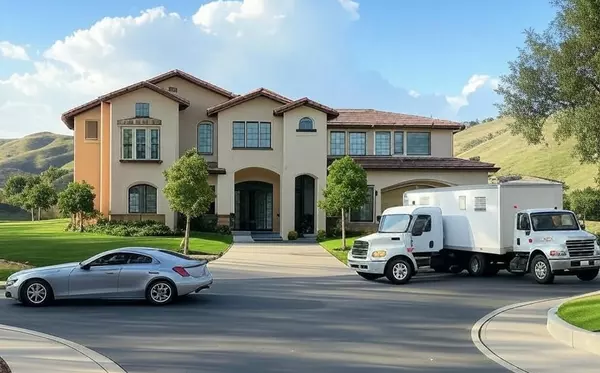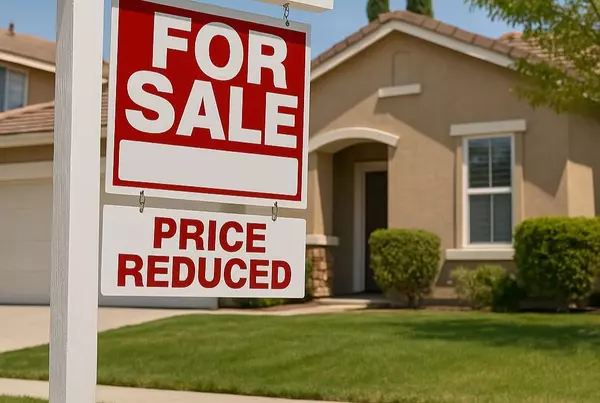
How Home Equity Can Help Fuel Your Retirement
How Home Equity Can Help Fuel Your Retirement If retirement is on the horizon, now’s the time to start thinking about your next chapter. And you probably want to make sure you’re set up to feel comfortable financially to live the life you want in retirement. What you may not realize is you likely ha

Thinking About Downsizing? Here’s Why 55+ Communities Are Worth a Look
If you’re contemplating downsizing, you might be considering 55+ communities as a potential option. These communities are designed to cater to individuals aged 55 and above, offering a lifestyle that aligns with this stage of life. What Is a 55+ Community? A 55+ community, also known as an active

How Buying or Selling a Home Helps Riverside's Economy
How Buying or Selling a Home Helps Your Local Economy Whether you’re buying or selling a house, here’s something to think about that most people don’t. Your decision doesn’t just impact your life and your family’s, it sparks a ripple effect that has a positive impact on your entire community. Every
Categories
Recent Posts










